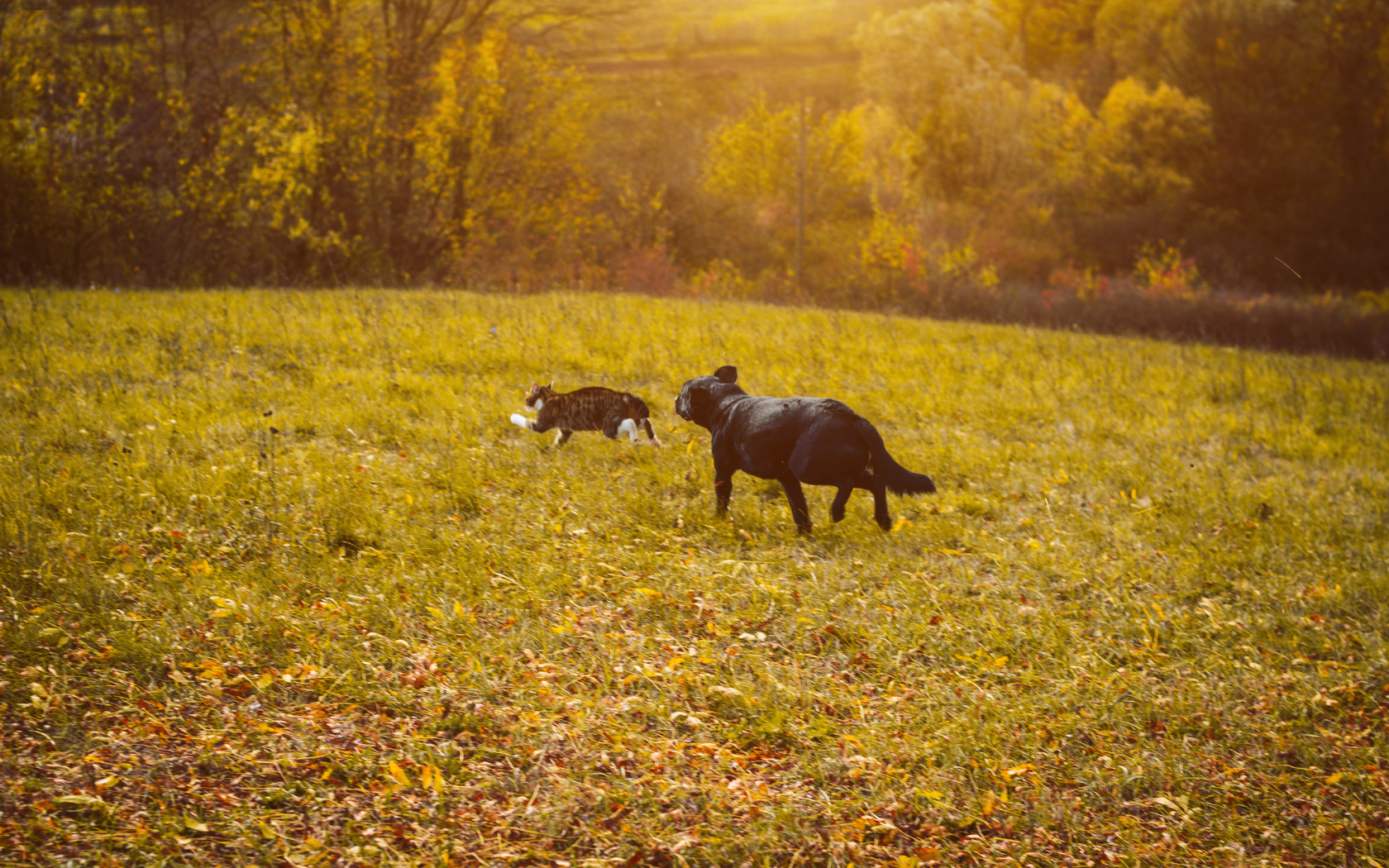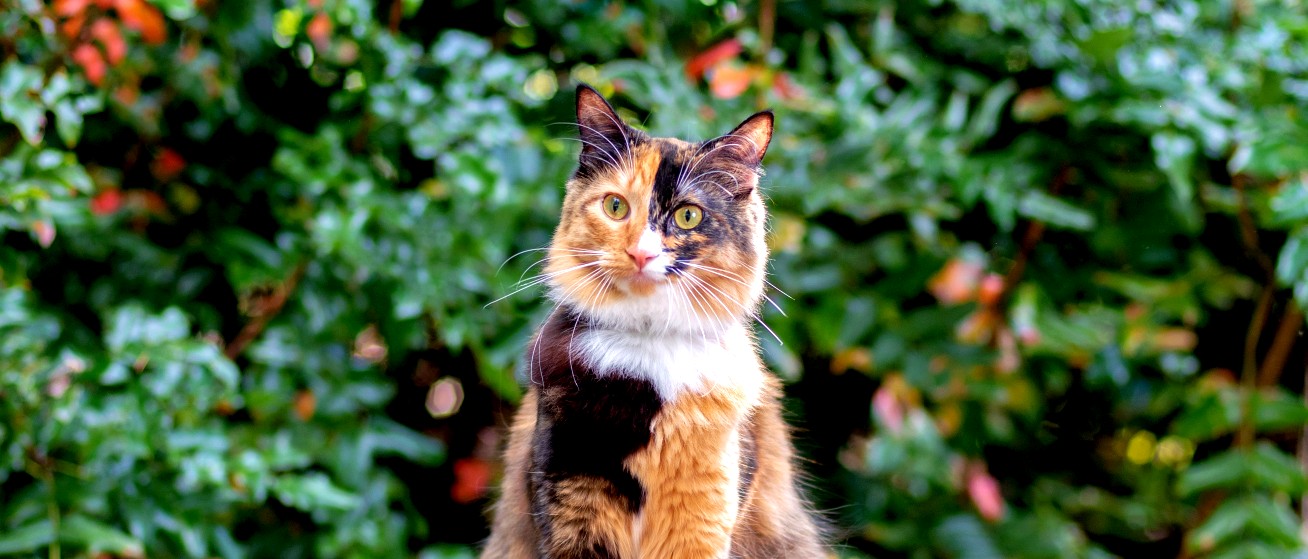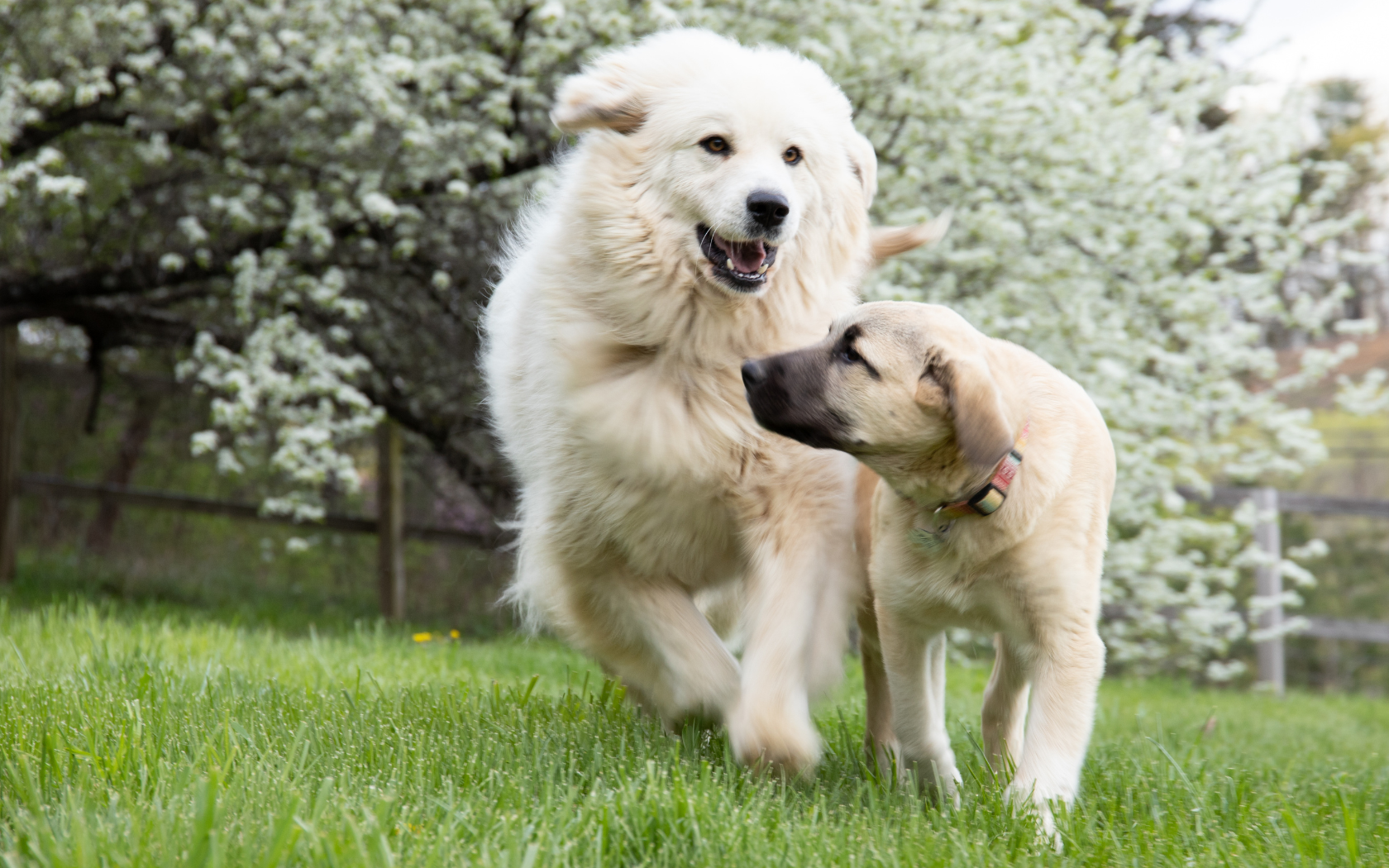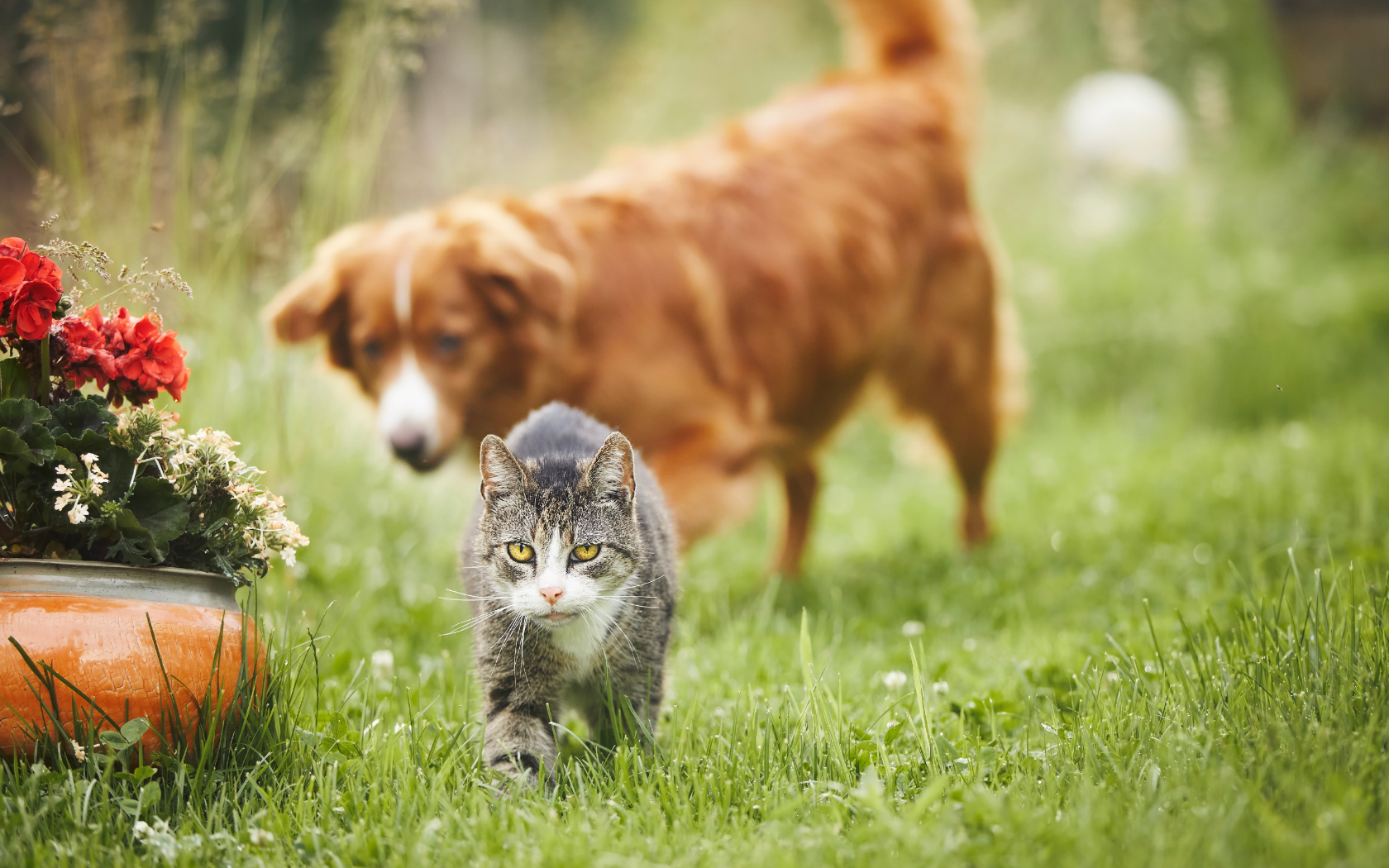Dogs and cats might live under our roofs, but their biology hasn’t moved in. Despite plush beds and toy bins, they’re still carnivores—down to their teeth, gut, and every enzyme in between.
What does that mean for each respective four-legger and their bowl?
A species-appropriate diet makes perfect sense when you zoom out.
Pandas eat bamboo. Cows eat grass. Blue whales eat krill (not a lot of label-reading involved).
So when someone says your dog can thrive on wheat, or that your cat needs peas and potatoes? Time to zoom back in.
Because being able to survive on something… doesn’t mean they should.
Let’s break it down by species.
Dog vs. Cat: Different Carnivores, Same Meat-First Truth
-
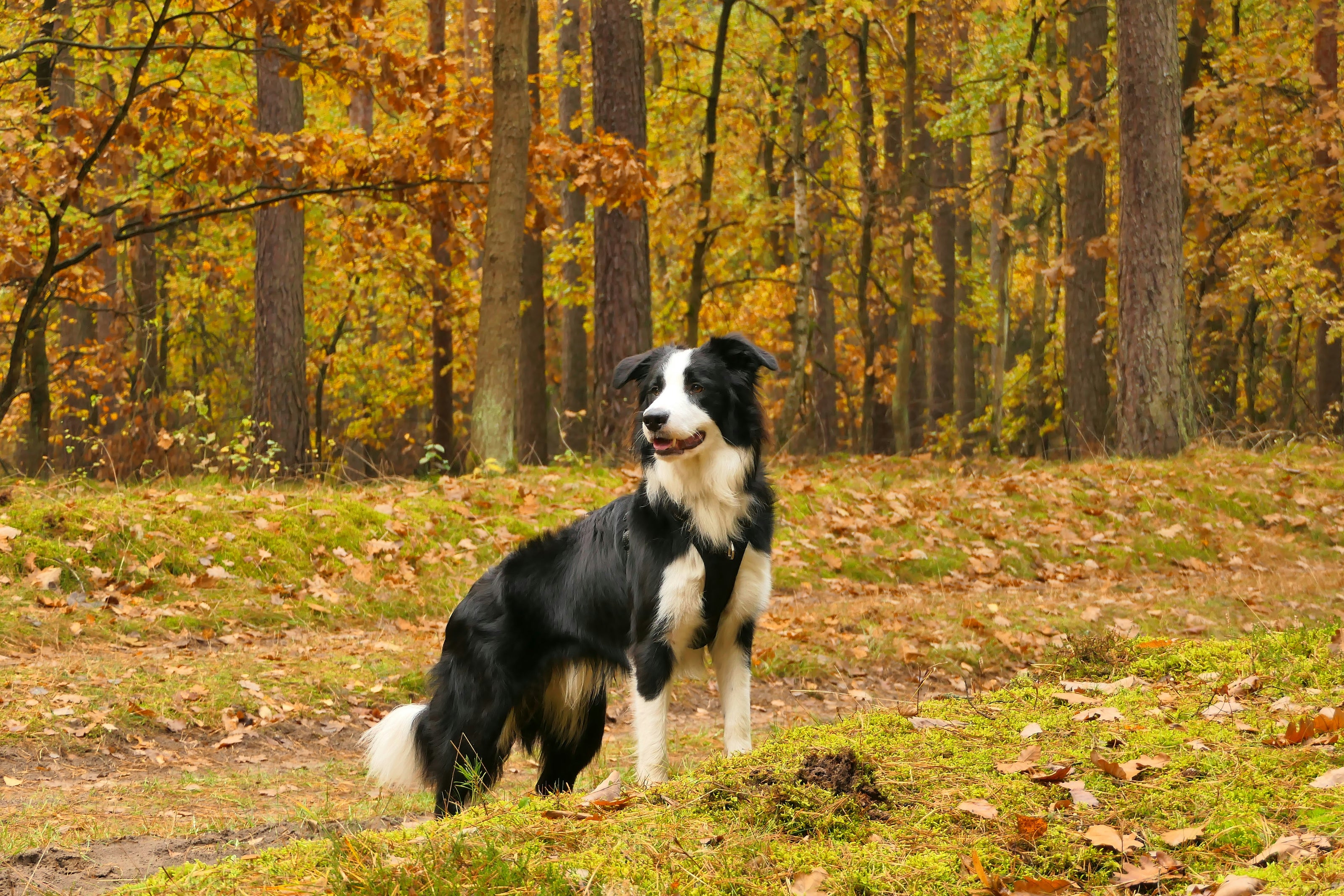
Scavenger Carnivore
Dogs share 99.9% of their DNA with grey wolves—true pack hunters turned opportunistic scavengers. Sure, they’ll crunch kibble and even nibble veggies when times are tough, but their bodies remain geared for meat first.
Teeth & Mouth Structure
- Sharp canines & pointed molars
built for ripping flesh and crunching soft bone (no flat grinder teeth here). - Up-and-down jaw motion only
means they’re tearing and shearing—not chewing side-to-side like us omnivores.
Gastrointestinal Length
- Short GI tract
moves raw meat through in hours, not days—perfect for a high-protein, high-acidity stomach that handles bacteria from fresh prey. - Quick transit time
leaves little chance to extract nutrients from plants, so veggies often pass right through.
Salivary Amylase
- Minimal carb-digesting enzyme
means dogs aren’t made to process heaps of starch. They survive on scraps—but thrive on meat and organs.
- Sharp canines & pointed molars
-
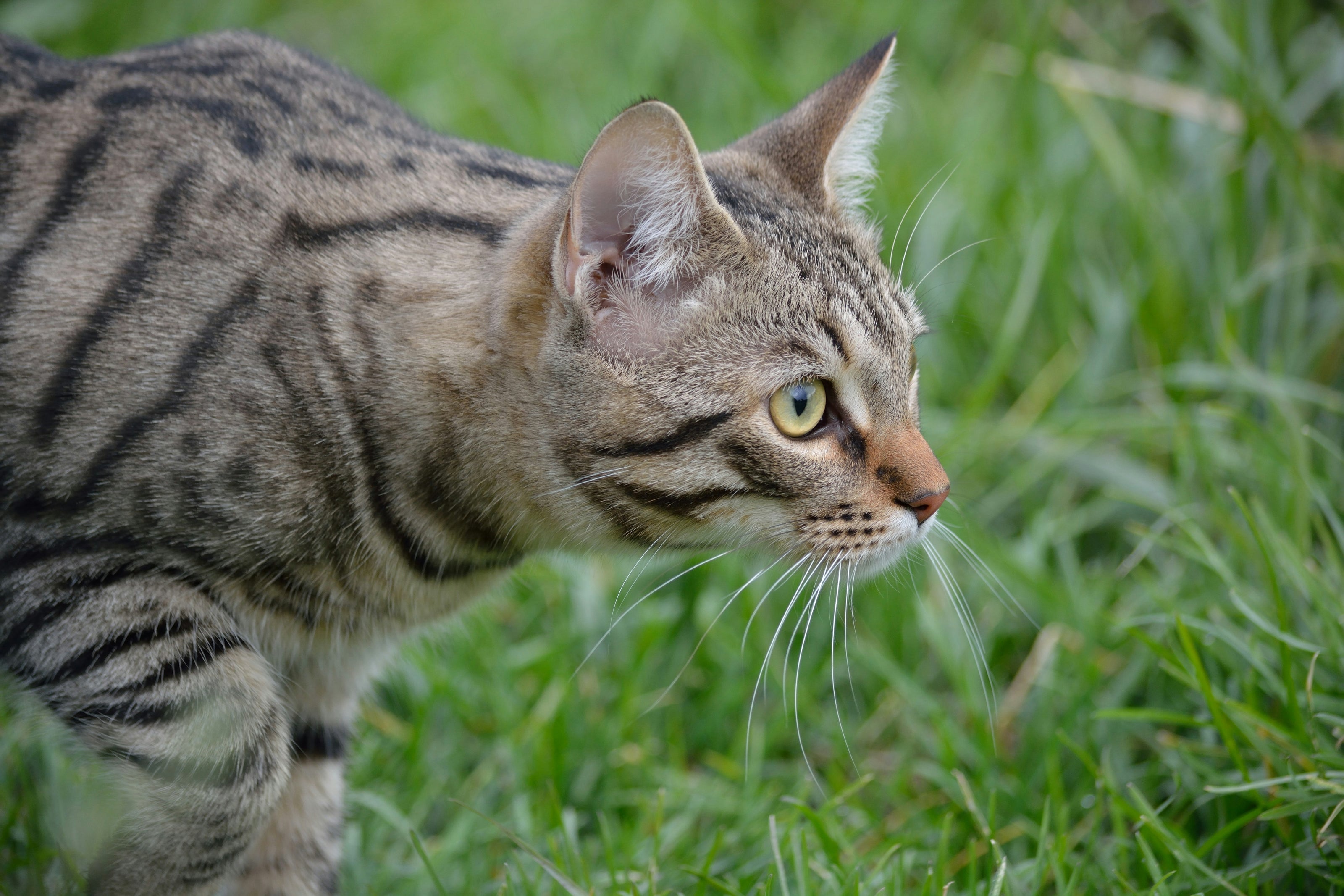
Obligate Carnivore
Cats aren’t just picky—they’re biologically bound to meat. From their tooth structure to their metabolism, everything screams “protein powerhouse.”
Teeth & Mouth Structure
- Razor-sharp canines & shearing molars
for slicing muscle and crushing bone. - No lateral jaw movement
—cats only chew up-and-down, because grinding grains isn’t in their playbook.
Gastrointestinal Length
- Simple, super-short GI tract
built to process muscle and organ tissues quickly, with stomach acidity (pH 1–2) strong enough to kill off bacteria in prey. - Fast transit time
means plant matter isn’t broken down—so any carbs eaten are wasted.
Salivary Amylase
- Zero amylase in their saliva
makes carb digestion almost impossible—cats rely on protein and fat, always.
- Razor-sharp canines & shearing molars
What Their Body Still Knows
-

80-90% Meat & Organs
-

Bone-In Cuts
-

Natural Minerals
-

Built-In Hydration
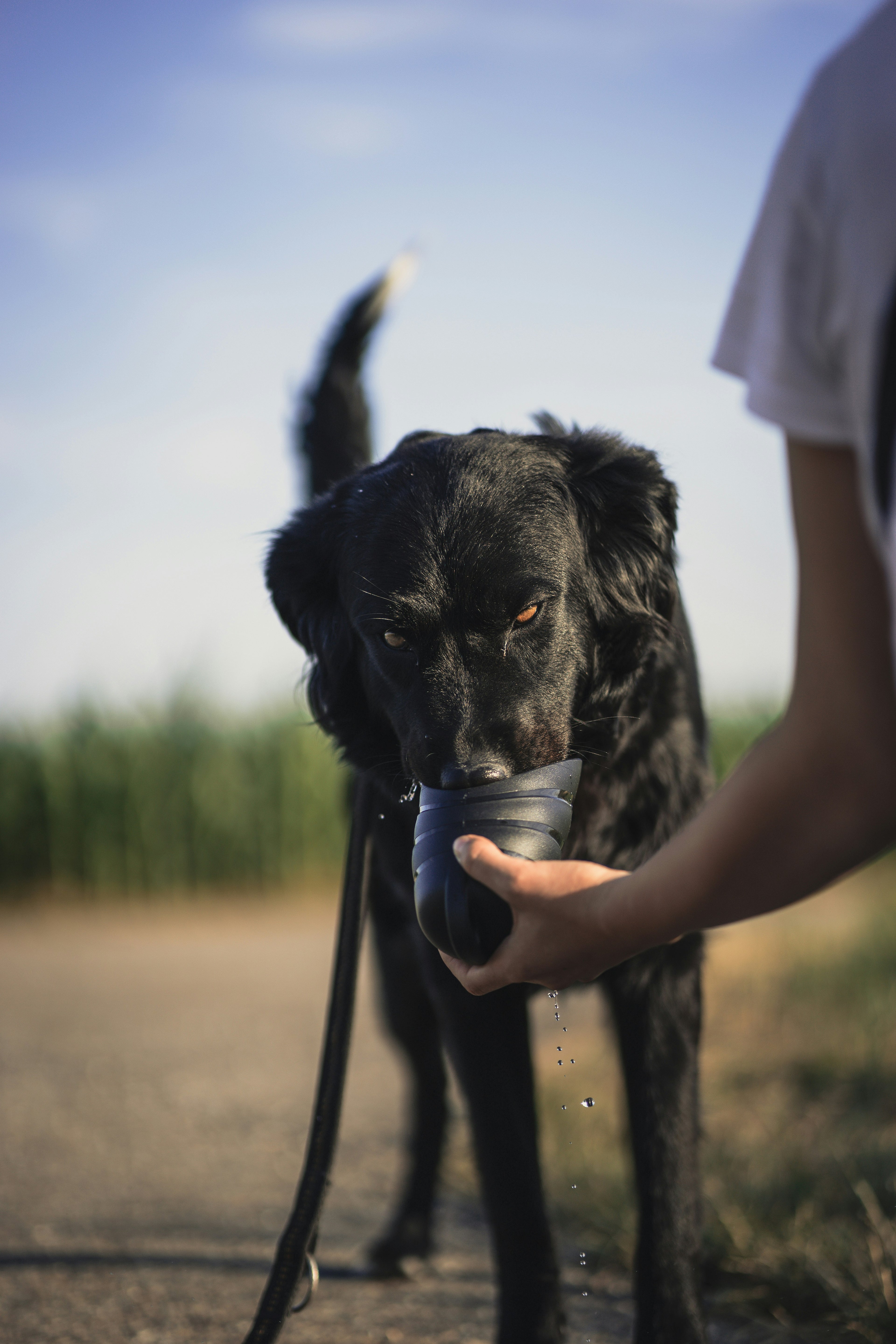
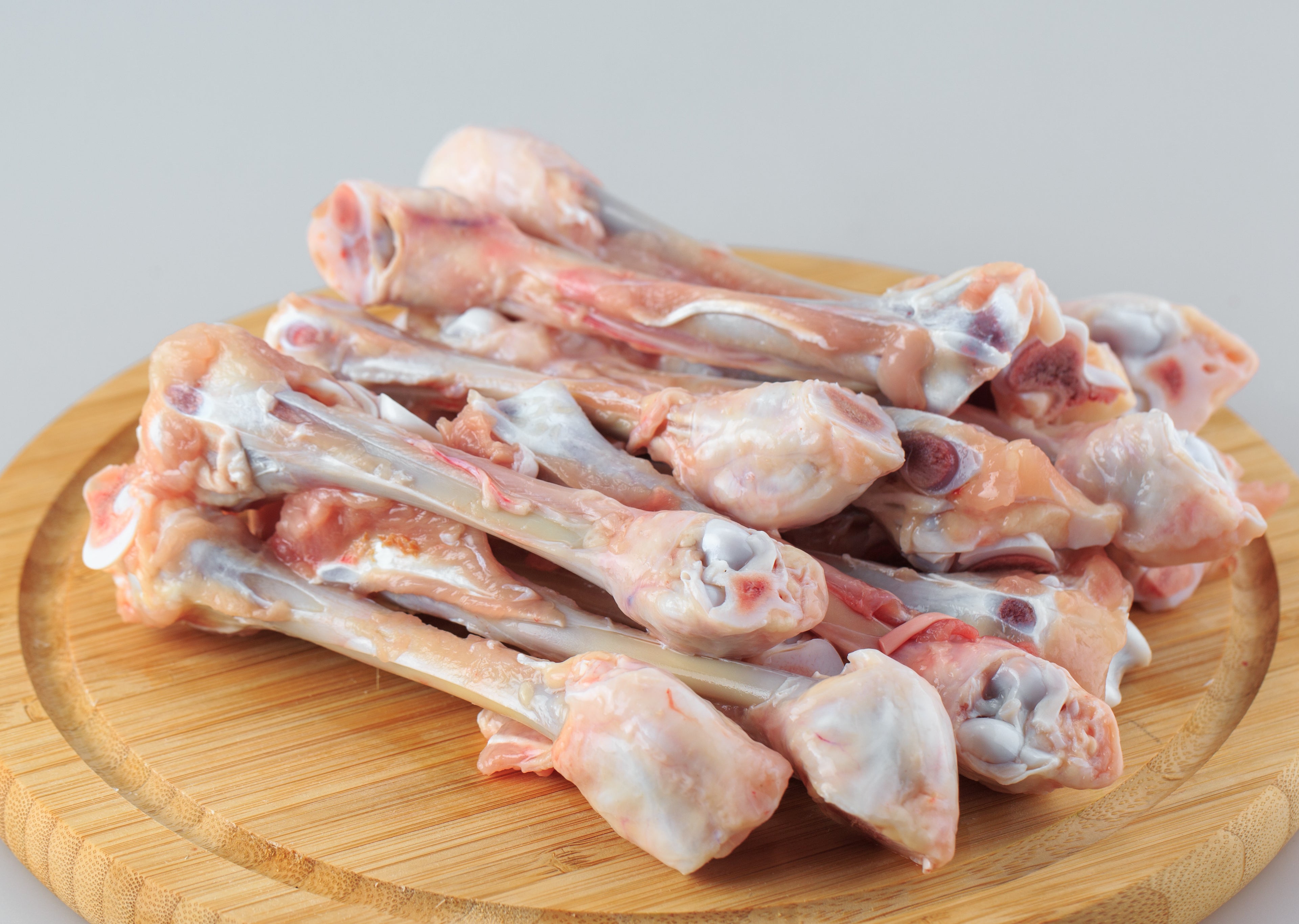
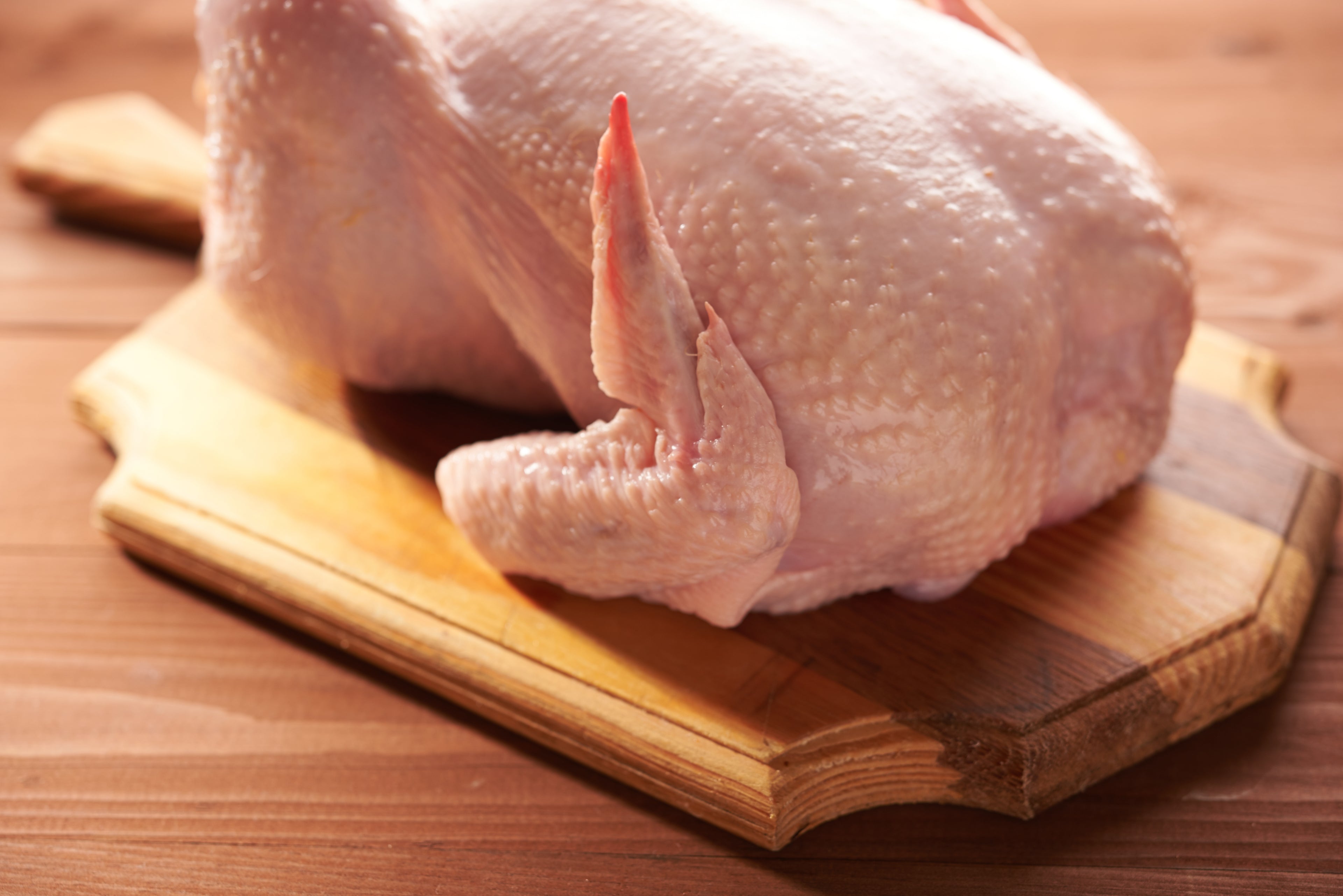
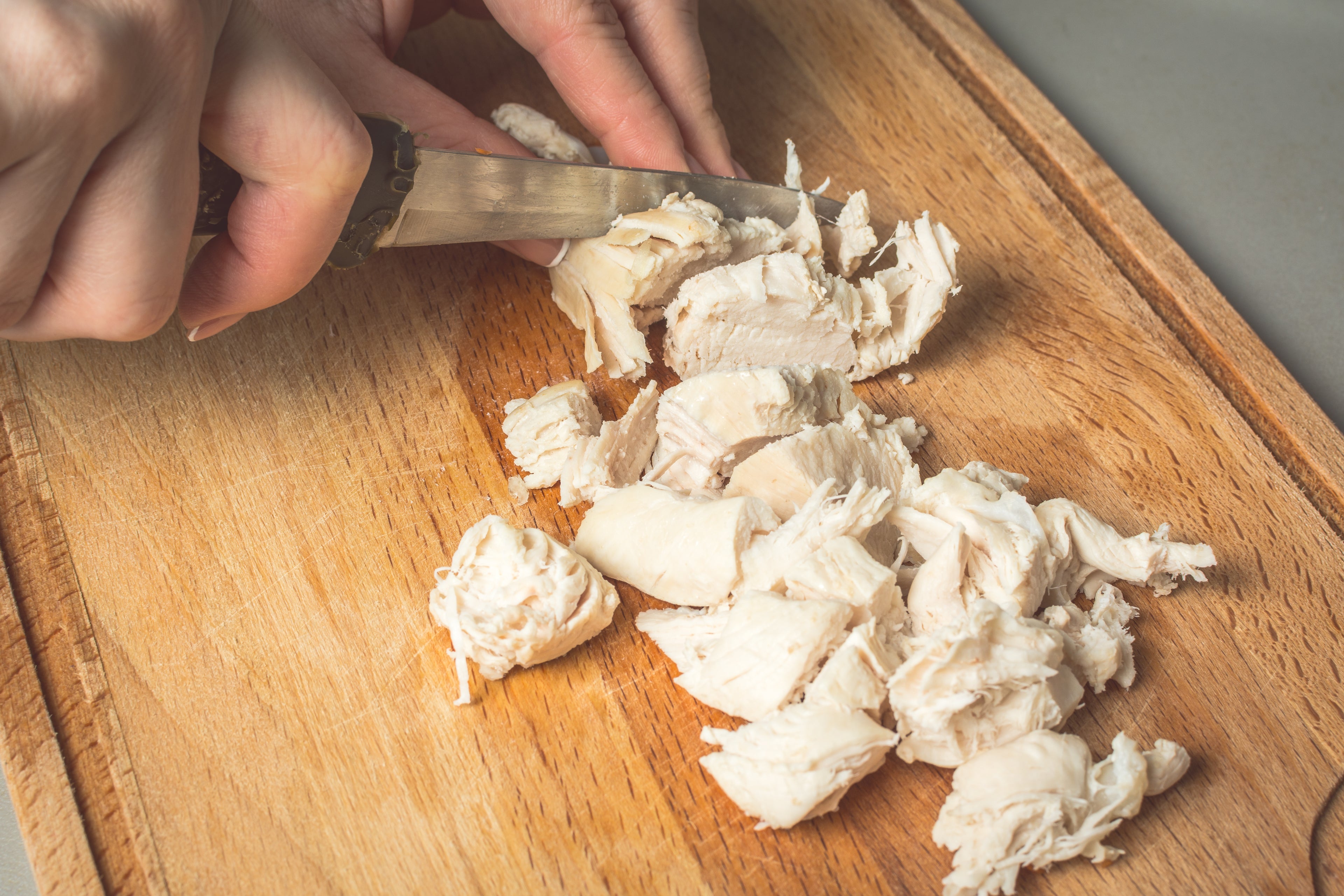
A Dog's Dietary Must-Haves
Skeletal Meats | Organ Meats | Bone-In Cuts | Hydration
70–80% Skeletal & Organ Meats
Soft necks, heart & liver—exactly what a scavenger would pick first.
Low Carbs (<25%)
Freeze-dried fruits, veggies & seeds to mimic prey ingesta—no fillers.
Healthy Fats & Natural Bone
For energy, skin & coat health, and balanced calcium/phosphorus.
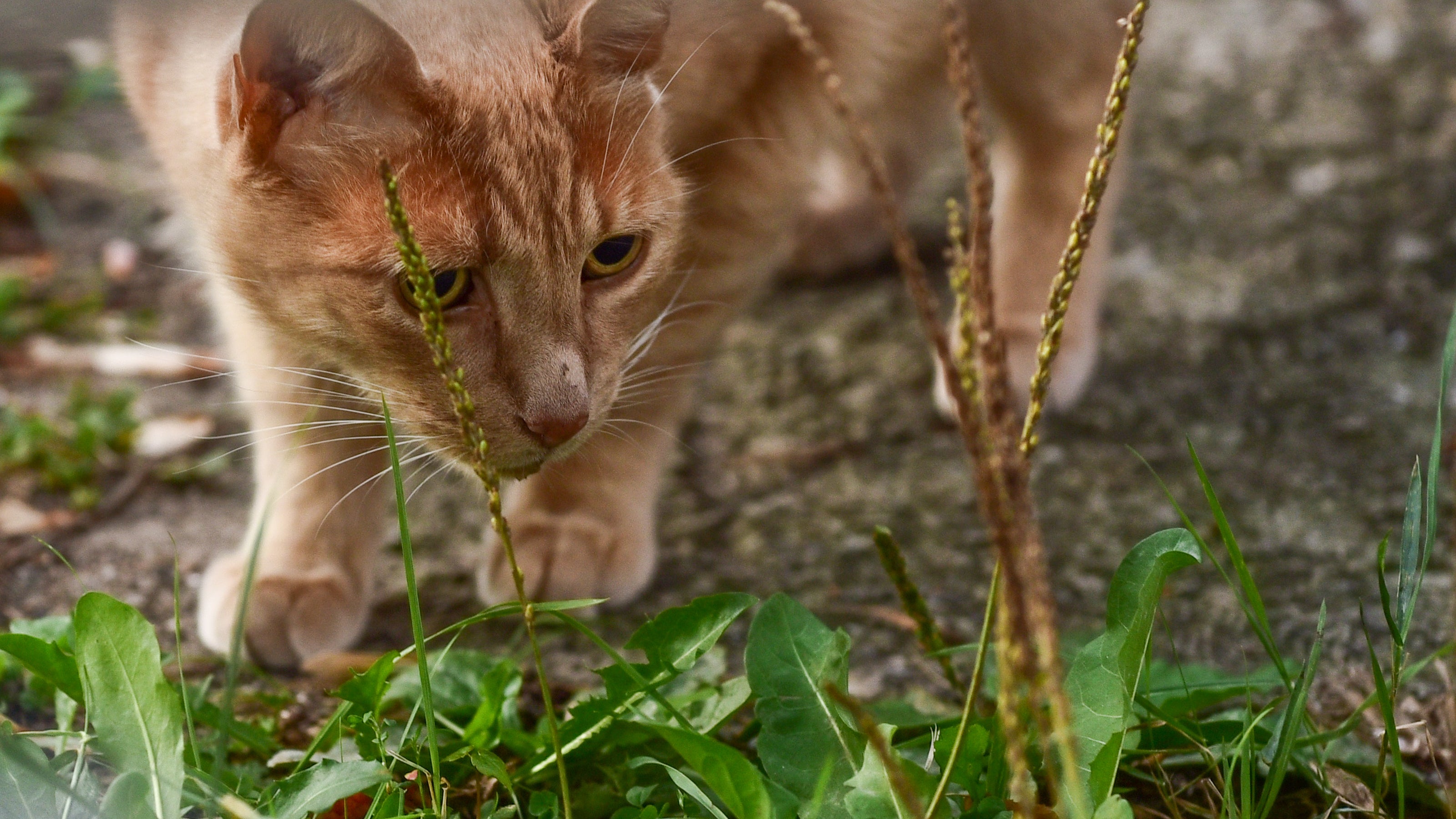


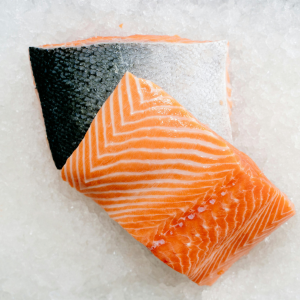
A Cat's Dietary Must-Haves
Skeletal Meats | Organ Meats | Bone-In Cuts | Hydration
90%+ Skeletal & Organ Meats
Muscle, heart & liver deliver crucial taurine and amino acids.
Minimal Carbs
A pinch of seed, berries & greens for antioxidants—nothing more.
Moderate Fats
Fuel for obligate carnivores who burn protein and fat first.
Hydration Built-In
High-moisture rehydration protects delicate feline kidneys.
Built to Eat Meat
Cats don’t just prefer meat.
They require it—down to the molecule. Their bodies are hardwired to get essential nutrients only from animal tissue.
- Taurine (for heart and vision health)? Only in meat.
- Vitamin A? Cats can’t convert beta-carotene—they need it preformed from liver.
- Arachidonic acid? Another animal-only essential.
- Protein for energy? They burn it by default—no off switch.
As scavenger carnivores, dogs can survive on less—but why would we feed them for survival when we could feed them to thrive?
- Skeletal meats like turkey neck, beef, or duck provide high-quality, species-appropriate protein.
- Organ meats like liver and heart? They’re nature’s multivitamin—rich in iron, zinc, B vitamins, and more.
- Bone-in cuts naturally balance calcium and phosphorus—no need for synthetic replacements.
Whether they’re a frisbee fanatic or a sunspot snoozer, they still need meat, organs, and bone in every bowl.
Use Carbs Like a Carnivore Would
Real food for carnivores isn’t no-carb.
It’s meat-first, plant-second—with every ingredient doing its job.
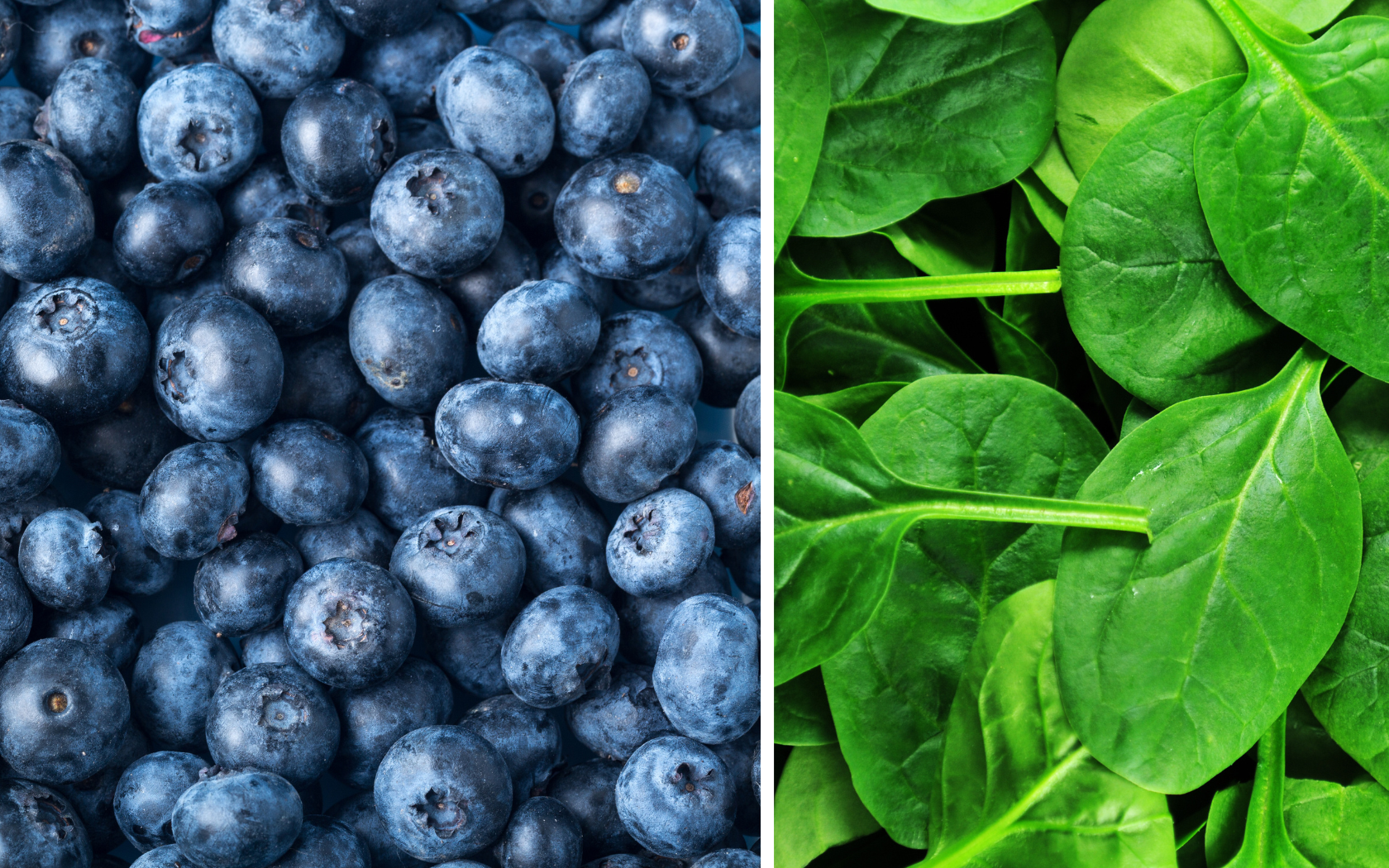
Functional Produce
This isn’t a salad. It’s what would’ve been in the gut.
In the wild, they’d eat the whole prey—organs, bones, and whatever was in the belly. That’s where nutrients like antioxidants, fiber, and micronutrients sneak in.
We skip the stomach contents—just the nutrients, none of the mess—and go straight to the functional stuff.
- Organic berries for antioxidants
- Leafy greens for more antioxidants and fiber
- Seeds for trace minerals
No starch. No "pea protein." Just plants with a purpose.
It’s Not Just About Carb %
Some carbs pull their weight. Some just pad the bag.
Low-carb is critical—we’re not here to argue that. With over 50% of dogs and nearly 60% of cats in the U.S. classified as obese, cutting carbs is a must. But not all carbs are equal. What matters just as much is where those carbs come from—and what they’re doing in the recipe.
A low-carb label doesn’t mean much if the carbs that are there come from corn, wheat, or potatoes.
Simple vs. Complex Carbs
-
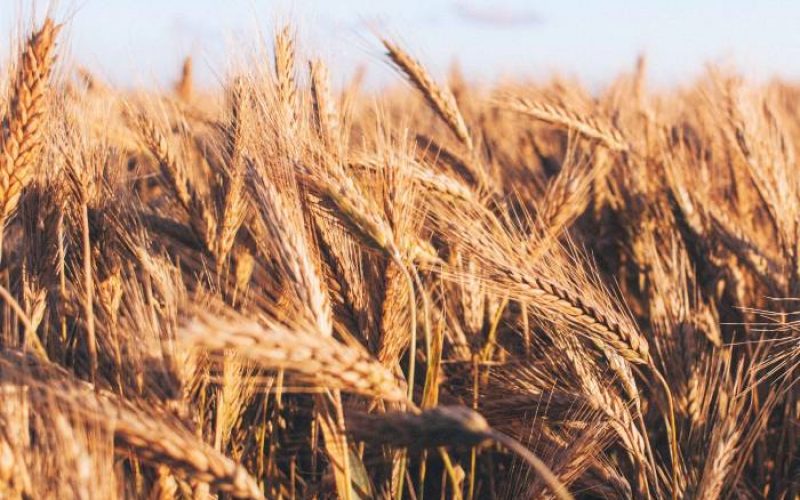
(like white rice or refined starches) offer little to no nutritional value
-
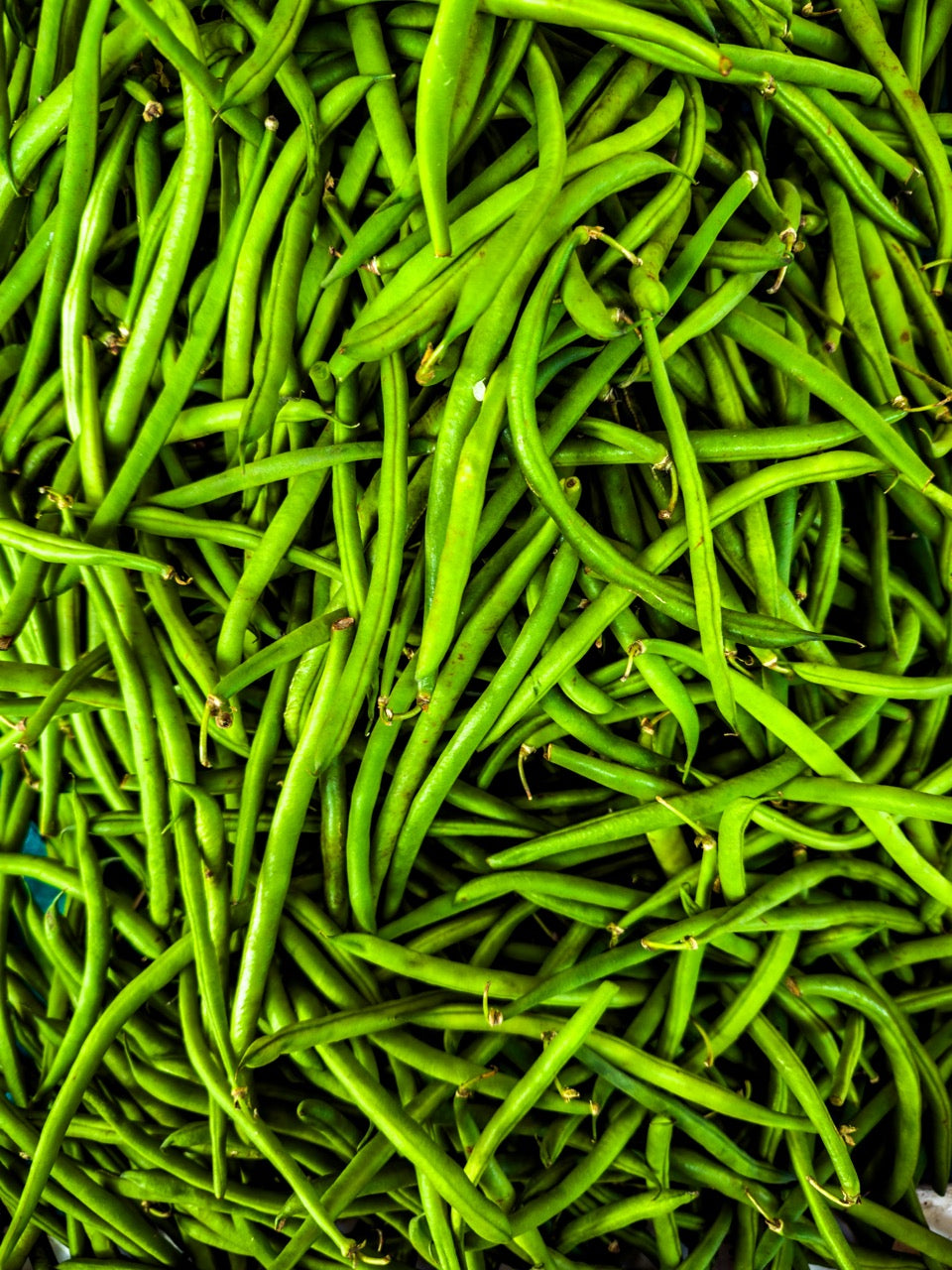
(like green beans, blueberries, or spinach) do double duty—offering fiber, antioxidants, and slow-digesting energy
-
These plants weren’t added for bulk. They were added with purpose.
- Vitamins
- Minerals
- Phytonutrients
-A ntioxidantsEven carnivores benefit from carefully chosen superfoods—because meat can’t do everything.
Pick plants with purpose. Not pea protein.
Why Glycemic Index Matters
Carbs don’t just fill space—they influence blood sugar, inflammation, and fat storage.
(corn, white rice, potato) → blood sugar spikes, increased obesity risk
(greens, berries, seeds) → stable energy, better weight management
We opt for low- and medium-glycemic superfoods in the right ratios—always under 25% (for dogs), 9% (for cats).
Because a food should work with your four-legger’s biology, not against it.
Fats That Fuel
Not all fats are created equal—especially for a carnivore.
Fats aren’t filler. For dogs and cats, they’re fuel.
From brain function to skin health to joint mobility, healthy fats—especially Omega 3s—play a critical role in keeping carnivores feeling their best.
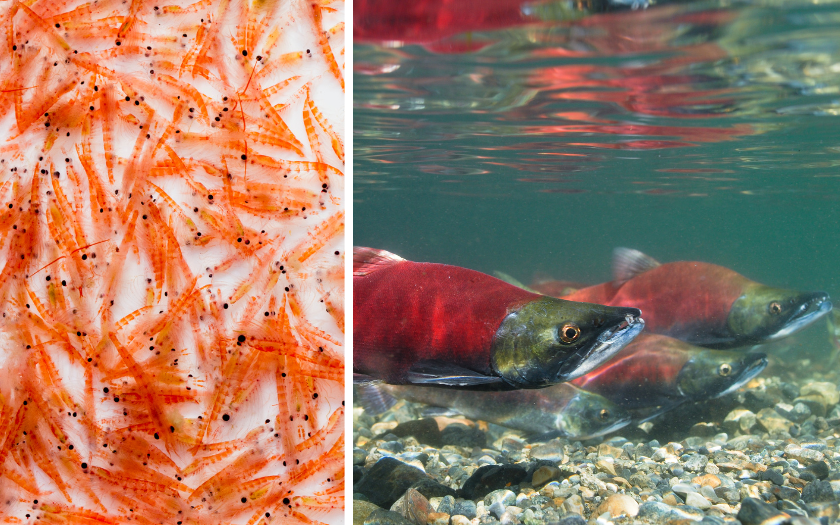
Omega 3s: Small Nutrient, Big Impact
Let’s get the sciencey bit out of the way first.
Omega 3s are essential fatty acids (meaning dogs and cats can’t make them on their own), and they’re made up of three main types:
- EPA & DHA
→ Active, ready-to-use forms - ALA
→ Inactive, plant-based form
Now here’s the kicker:
Dogs and cats aren’t great at converting ALA into something their bodies can actually use. They’re carnivores—not built to process plant oils the way we do.
That’s why it matters where those Omegas come from.
The Carnivore’s Omega Cheat Sheet
| Active (EPA & DHA) | Inactive (ALA) |
|---|---|
| Krill | Flaxseed |
| Anchovies & oily fish | Chia seeds |
| Grass-fed meats & organs | Plant oils |
| Wild-caught fish | Leafy greens |
The best fats come from what your carnivore would naturally eat—meat, fish, and the occasional whole prey snack.
Why They Matter (in real talk)
Omega 3s are basically the anti-inflammatory superheroes of the nutrient world.
- Soothe itchy skin and support a healthy coat
- Reduce joint stiffness (especially for senior pets)
- Support heart, brain, and immune health
- Even help balance behavior and energy
Omegas help your four-legger feel younger, move better, and stay healthier longer.
Every dog and cat needs them—not just the itchy ones.
Hydration Matters
Especially for cats.
In the wild, food is water.
Prey animals are about 70% moisture—so carnivores evolved to stay hydrated through their meals, not a water bowl.
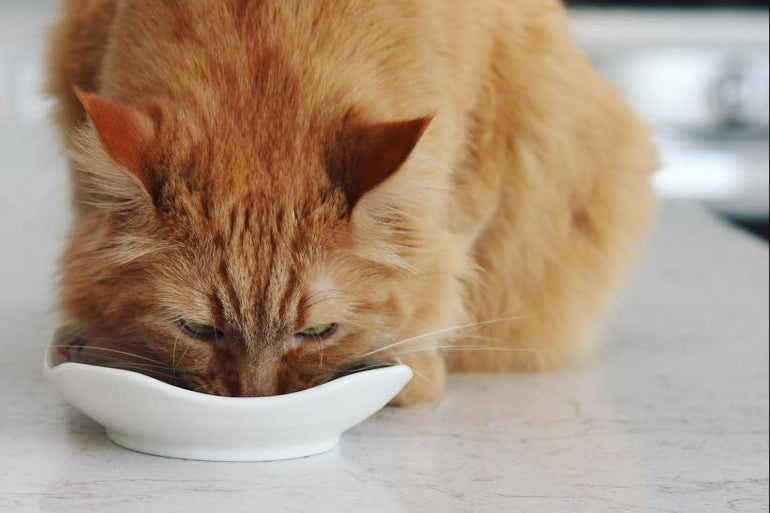
Why It’s a Bigger Deal for Cats
Cats have a low thirst drive.
If their food doesn’t contain moisture, they don’t make up for it by drinking more—which puts their kidneys and urinary system at risk.
That’s one reason chronic dehydration is so common in cats—and why moisture-rich food is a game-changer.
Why Hydration Helps
💧 Supports kidneys & urinary health
💧 Aids digestion & regularity
💧 Keeps joints, skin, and energy in check
A hydrated bowl supports a healthier pet—without extra effort.


